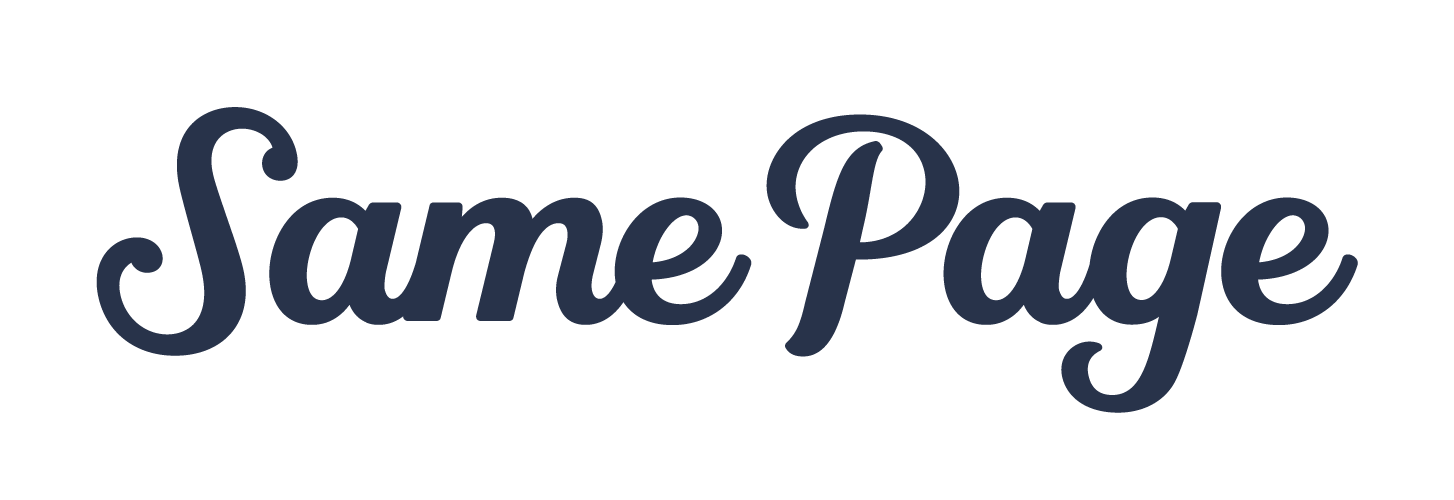Get comfortable with discomfort
Courtney Dauwalter won the 2017 Run Rabbit Run, a 100-mile ultramarathon, despite going temporarily blind during the final 12 miles. A few months later, she won the Moab 240, a 238 mile race with more than 29,400 feet of cumulative climb (Mount Everest’s peak, by comparison, is 29,032 feet). Her winning time of 57 hours and 55 minutes was a course record and 10 hours faster than the first male finisher.
Dauwalter is the world’s greatest ultrarunner—an athlete who competes in races longer than the standard marathon distance of 26.2 miles. During these grueling events she sometimes struggles to keep food down, vomiting every few miles. She endures bloody gashes from tripping and falling on rocks, dehydration, unimaginable blisters, and even hallucinations.
When things get hard (and they always do in these events), Dauwalter starts visualizing “the pain cave”, a place she has mentally constructed in elaborate detail. Once inside the cave, she gets to work. She imagines herself chiseling away at new tunnels as she goes deeper into the recesses of the cave—and her own mind.
Eventually, she emerges from the cave and crosses the finish line.
The pain cave is a brilliant tactic to deal with the challenge of an ultramarathon, but what’s most fascinating about Dauwalter is that she doesn’t just use the cave as a last resort, she seeks it out, relishing her time inside.
Here she is talking about it on the "Running On Om" podcast:
“Lately, my main strategy has been to stay in it and fully embrace how much it hurts and how painful that experience is because, in doing that I think it just reminds me that I’m doing something by choice, and to get to that physical state where it hurts that bad means I’ve worked really hard to get to that point and to celebrate kinda being in the pain cave.”
Learning that discomfort is inevitable helps us anticipate it. Anticipating discomfort helps us navigate it, and the more we navigate it, the better we get at doing so.
But learning to actually enjoy discomfort is life-changing.
In the book Freedom, Sebastian Junger chronicles a year he spent with three friends walking from Washington DC to Pittsburgh on railroad lines. During their trek the men hid from railroad cops, slept under bridges, and drank from rivers and lakes. They frequently encountered other “off the grid” travelers—some friendly, others not so much. Once they were shot at as they set up camp.
To most people this probably sounds horrible, but Junger writes about the experience as if it were one of the best of his life:
“We’d each dug our own beds out of the slope so we could sleep without rolling into the river and we were strung along the bank like linked sausages. The fire embers still pulsed, and the night air was soft and benevolent, and it felt like summer waited for us a few days upriver. My dog lay on my ankles, and the three other men shifted and muttered next to me in their sleep. There may be better things than that, but not many.”
During any undertaking worth doing there are going to be moments of discomfort. That’s just how it works. If something is easy, anyone can (and will) do it. This applies to running ultramarathons and walking across multiple states—but also raising children, building a business, writing a grant proposal, or meeting a quarterly sales quota.
It’s going to be hard and you’re going to want to quit.
This might sound depressing, but it’s the opposite.
Here’s Junger again, describing discomfort on the Tim Ferriss podcast:
“That’s what life is. That’s the good stuff. And we live in a wealthy society where the good stuff isn’t imposed on us. And we think we’re getting away with something. We’re actually not. We’re actually losing something by not being part of that.”
We spend an inordinate amount of energy trying to avoid discomfort, falsely assuming that comfort and happiness are the same thing. Avoid this trap by grabbing your tools and getting in the pain cave every now and then.
That’s where the good stuff is.
· · ·
Working Theories is published weekly. Sign up here to get it delivered directly to your inbox.
